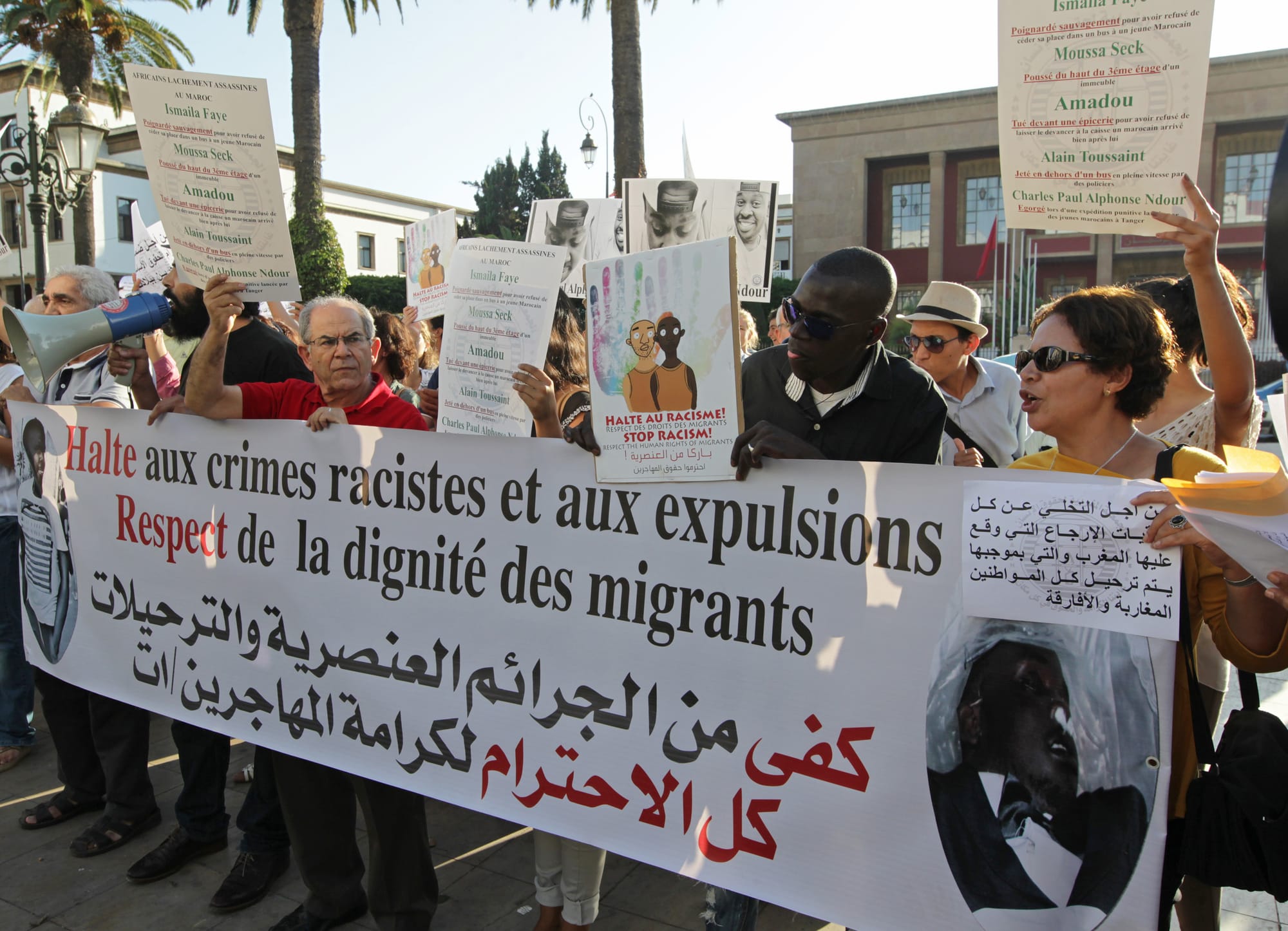The Sub-Saharan African Turn in Moroccan Literature
With the increasing presence of sub-Saharan African migrants in North Africa over the past decade, public discussions of race and prejudice are losing their taboo. Moroccan writers are encouraging a broader awareness of structural racism by including more Black characters in their novels and by depi








